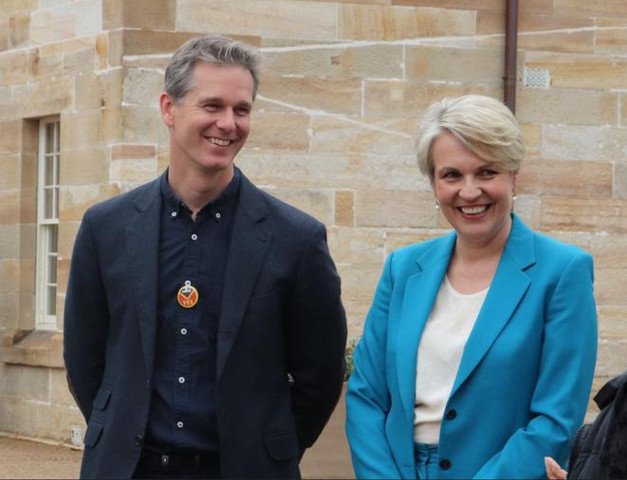THREE of Australia’s oldest and most significant heritage sites may finally get national heritage listing after a new push.
Located on the edge of Parramatta’s CBD, a small precinct houses three of Australia’s most significant heritage sites: Hambledon Cottage (1825), Elizabeth Farm (1793) and Experiment Farm (1794).
Despite not formally recognised on the National Heritage List, the sites are the birthplace of Australia with the first grapevines and olive trees on the continent grown on the properties.
Built in 1793, Elizabeth Farm is also known as the birthplace of Australia’s Merino wool industry and the oldest standing European building in Australia, with Experiment Farm taking second place.
The latest push to protect these sites come after a proposal was put forward in 2022 for 483 high-rise apartments to be built in the precinct.
Up to eight storeys tall, this development would threaten the neighbouring Hambledon Cottage and overshadow nearby Experiment Farm and Elizabeth Farm.
Since then, local residents, the National Trust and the Our Lady of Lebanon Co-Cathedral have been united in the fight to stop the Gregory Place development.
Andrew Charlton MP, Federal Member for Parramatta, has lead the push for national heritage protections of the heritage precinct, which covers Elizabeth Farm, Hambledon Cottage and Experiment Farm.
“Sitting on the edge of Australia’s fastest growing CBD are three of our oldest and most important heritage assets,” Dr Charlton said.
“This is where it all began – the crops that fed a starving colony, the Merino wool that put made Australia an agricultural powerhouse, the olive trees that helped early migrants lay down their roots.
“The history of Parramatta is the history of Australia. These sites must be protected.”
The application, which is being compiled with the National Trust, will be submitted later in July.
IMAGE: Andrew Charlton MP and Environment Minster Tanya Plibersek announcing the addition of the Female Factory to Australia’s UNESCO World Heritage Tentative List.





